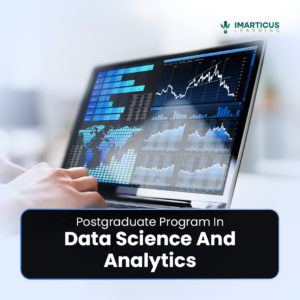We all know that Mark Zuckerberg of Facebook is strongly passionate about Machine Learning and Artificial Intelligence, but how has that impacted our everyday online social life?
You may think you’re just uploading a photo, but facebook knows how many people are there, whether you’re outside or inside, and if you’re smiling.
The technology that Facebook uses, Artificial Intelligence, is a rigorous science that focuses on designing systems that make use of algorithms that are much similar to that of our human brain. AI learns to recognize patterns from large amounts of data and come up with a comprehensive conclusion.
What does that have to do with how Facebook knows if I’m smiling or not?
Facebook is constantly teaching their machines to work better. By using deep learning, they train AI to structure through various processing layers and understanding an abstract representation of what the data could be. By using their system called “convolutional neural network”, the computer is able to go through layers of units and understand whether there is a dog in a photo.
Facebook works through layers. In the first layer, it is able to identify the edges of objects. In the second layer, it is able to detect combinations and identify it to be an eye in a face or a window in a plane. The next layer combines these further and identifies them to be either an entire face or a wing on a plane. The final layer is able to further detect these combinations and identifies if it is a person or a plane.
The network needs to be able to read the labels on the database and identify which of these are labeled as humans or plants. The system learns to associate the input with the label. The way facebook works is that it is able to now identify not only that there are humans in a photo, but how many humans, whether they are indoors or outdoors, and their actions, i.e. if they are sitting or standing.
However, a photograph that has been uploaded may need to be completely zoomed in for Facebook’s AI to understand intricacies if a person is smiling or not.
It may not always be perfect in its recognition, but it’s getting there.
A lot of information can be extracted from a photograph. Facebook is only going to get better with its AI and making use of big data.
Artificial Intelligence and Machine Learning is a concept that will be looked at in Imarticus’s Data Science Prodegree. This course is a cutting-edge program designed and delivered in collaboration with Genpact, a leader in Analytics solutions. Students get their hands-on learning with 6 industry projects and work with industry mentors.
Written by Tenaz Shanice Cardoz, Marketing & Communications.
Loved this blog? You might like these as well-
Machine Learning Demystified
Importance of R Programming As a Tool in the Machine Learning Spaces
Best Books To Read In Data Science And Machine Learning


 Topics in other words are, “a pattern of co-occuring terms in a corpus, which keeps repeating itself”. For instance
Topics in other words are, “a pattern of co-occuring terms in a corpus, which keeps repeating itself”. For instance